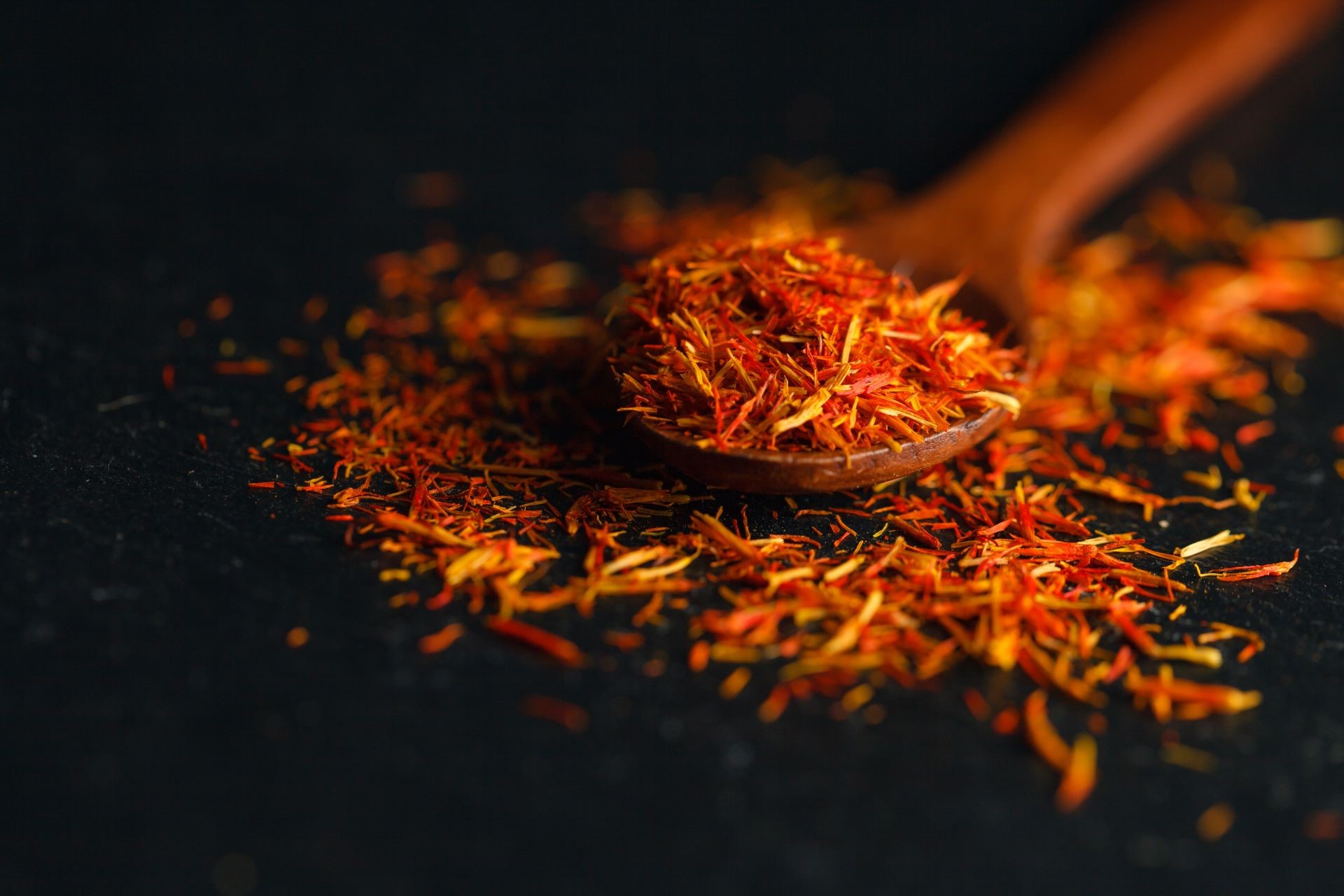
i read i write
A photo essay by Laura Boushnak | Issue 18 | 2020


—Seya Rahnema on Iranian food, a cuisine is ancient, cosmopolitan and rich in flavour—
A visit to Iran yields a breathtaking variety of culinary delights. Between the familiar kebab and the undoubtedly outré grilled lamb’s testicles, there is a whole spectrum of foods: caviar, pickle, and smoked fish in the north; samosas, falafel and hot and sour shrimp in the south; and noodles, flatbread and rosewater-scented ice cream across the country. It is a coming together of eating habits and raw produce from ancient Greece, Rome and other Asian and Mediterranean cultures.
Take a look at Iran’s place on the map and you can understand its wide range of native foods. Once the centre of the Persian Empire, Iran neighbours the former Soviet states of Turkmenistan, Armenia and Azerbaijan, as well as Afghanistan, Pakistan, the Arab states and Turkey. Owing to its central place on the Silk Road trade route, combined with incursions and invasions by Alexander the Great, the Arabs, Turks, Mongols and Uzbeks, Iran—whilst already having a well-developed food identity—assimilated all that was good that the outsiders introduced.
The range of spices typically found in an Iranian dish is a direct influence of the Indian subcontinent, although Iranian dishes are almost never piquant or hot. Today, Iranian cuisine is shared amongst many cultures including present-day Azerbaijan, Iraq, Turkmenistan, Tajikistan, Baluchistan and the Kurds.
The quintessential Iranian recipe is Ghormeh sabzi. Ghormeh is the Azeri word for ‘fried’; sabzi is the Farsi word for ‘herbs’. This meat stew is packed with citrus flavours and cooked with fresh herbs. It is eaten everywhere in Iran, Azerbaijan and Iraq. The ingredient that gives this dish its special taste is the black lime. Dried limes—also called limu amani or Persian lime—originated in the Persian Gulf and are found in most dishes emanating from the Middle East. They have been left for weeks under the sun to dry and are smaller than all other limes.
Iranian stews are always served with Persian rice, chiefly grown in the province of Mazandaran, the far northern part of Iran bordering the Caspian Sea.
DIVAN, Tehran | One of the best Iranian restaurants, situated in a luxurious mall in northern Tehran. Great ambience with a mix of characterful and modern architecture. The exclusive menu changes every week. It includes authentic dishes creatively fused with Western elements, such as lamb shank with saffron and bone marrow. You can sit with your dessert and tea on the outdoor balcony and listen to Iranian jazz.
USTAD SPECIAL KEBAB, Dubai | Situated in old Dubai (in a pretty average setting), this place offers one of the most authentic Iranian kebabs outside of Iran. Their koobideh (minced ground meat) or barg (fillet of lamb) is exceptional.
GALLERIA, London | My favourite Iranian restaurant outside of Iran. Five minutes’ walk from Oxford Street, the place is ordinary but the food is fantastic. Their tahdig appetiser with fesenjoon is exceptional.
TAKHT-E TAVOOS, Toronto | Another favourite. Great ambience and high quality food in downtown Toronto.
Ghorme sabzi, qormeh sabzi
قورمه سبزی
Ingredients (for 4)
Herbs (1 kg in all): parsley, coriander, leeks, cilantro, spinach, fenugreek leaves (shanbalileh); 2 black limes; 100g fresh red beans; 1 red onion; 500g lamb; salt, pepper (1.5 tsp each); turmeric (3 tsp); canola (or sunflower) oil; water.
Method
The day before, soak the red beans in a basket of water for twelve hours.
On the cooking day, clean the herbs with water, mix and shred them together (using a shredder or a knife). Fry the shredded herbs using a touch of canola (or sunflower) oil for ten to fifteen minutes over average heat.
Cut the lamb into cubes and shred the red onion. Place the lamb and onions in a medium-sized pot, add salt, pepper and turmeric and fry until the lamb is cooked from the outside and the onion is a crispy golden colour. Add the fried herbs and the soaked red beans and fry together for another five minutes.
Add three cups of water to the pot and throw in the two black limes. Let it cook (boil/simmer) for four to five hours over average heat.
The result
A dark, concentrated, crumbled bowl of food rich in citrus flavours. Serve with Persian saffron rice (or over tahdig, a magnificently crunchy rice formed at the bottom of the rice pot).
ماست و خیار
Ingredients
Cucumbers; red onion; spinach, dried; walnut, crushed; salt, pepper; yoghurt.
This side dish is found on every table whilst feasting on Iranian food. Peel and shred two cucumbers. Mix with a small diced red onion. Add dried spinach (1 tsp), crushed walnut (1 tbs), salt and pepper (half a teaspoon of each). Pour plain or Greek yogurt into the bowl (about 800g) and stir well. Serve alongside any dish.
آش جو
Ingredients
2 chicken stock cubes; 1 onion; 1 cup uncooked pearl barley; turmeric; lime juice; tomato paste; salt, pepper; oil; carrots; sour cream; limes.
Heat some chicken stock to a gentle simmer. In a separate pot, fry a diced onion in vegetable oil (2 tbs) until translucent. Add a cup of uncooked pearl barley and stir for one minute. Add the chicken stock, some turmeric and lime juice (1 tsp), tomato paste (1/4 cup) and salt and pepper. Bring to a boil, reduce the heat, simmer for an hour. Add shredded carrots (1 cup) and simmer for another thirty minutes or until the soup has thickened.
Put some sour cream in a small bowl (1/2 cup). Slowly pour some of the hot soup (1/2 cup) into the sour cream bowl, whisking constantly. Add sour cream or water to add/thin texture. Stir in fresh parsley. Serve with lime wedges.
© Norton Rose Fulbright LLP 2025